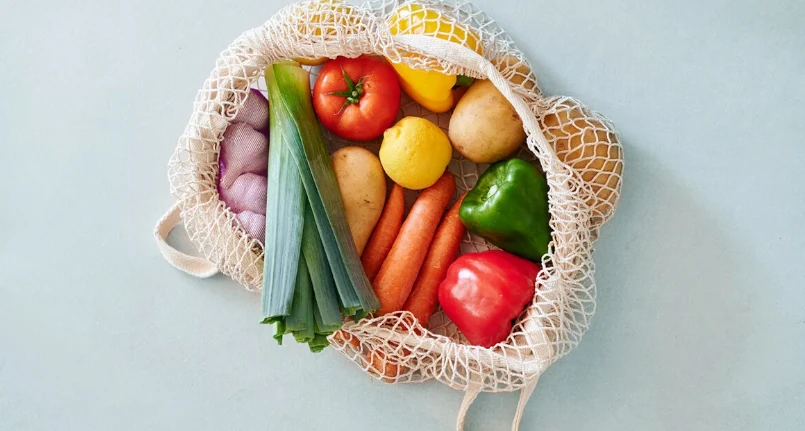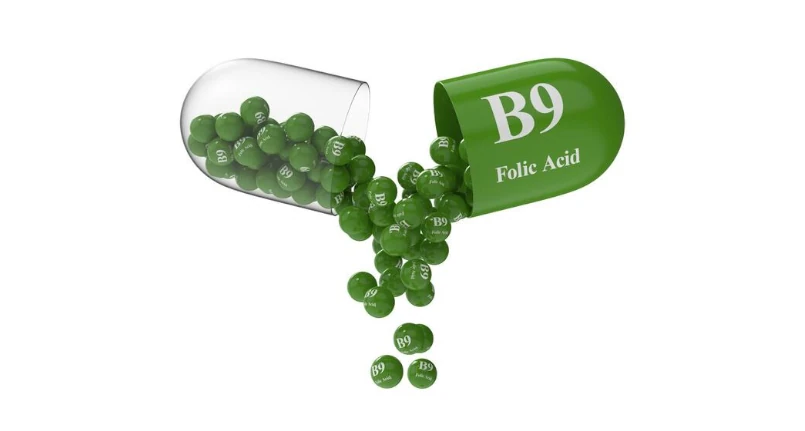Introduction
The frenetic and fast rhythms of every day, a world where it seems that the watchword is to be in a hurry and it becomes difficult to carve out time to rest, inevitably lead to running out of batteries. The body sends us messages: we feel tired and sore and feel the need to recover our energy. When it comes to tiredness and exhaustion , however, other factors also come into play such as a lifestyle made up of bad eating habits (for example irregular meal times and abundant foods that burden digestion ) and little or no physical activity. Of course, the opposite can also lead to tiredness such as skipping meals or overdoing physical activity.
Over the years, especially after forty, when a physiological reduction in muscle mass begins , it is easier for the feeling of muscle fatigue or heaviness to appear not only after excessive physical effort or more demanding work, but also after having performed only simple operations. This condition can be reflected in the quality of life. So it seems essential to change our daily habits to keep the body in good health and have lots of energy. How? By fielding a series of strategies that involve both food choices, physical exercise and appropriate rest.
Strategies to combat fatigue
One way to counteract tiredness is to bring to the table all the nutrients necessary for our body to function at its best. It’s exactly what we put on our plate that can make the difference on our day, enriching it with energy or subtracting it.
If we want to provide our body with a sufficient and balanced intake of nutrients and have vitality and tone throughout the day , it is important to divide the day into 5 meals (3 main meals and 2 snacks ) and not skip them.
And if good morning starts in the morning, let’s not forget to have a healthy and balanced breakfast , because breakfast is the meal that awakens the body after a long night’s rest and ensures the nutritional balance of the day, protecting us from blood sugar drops and consequent fatigue.
Snacking will allow us to arrive at lunch and dinner less hungry, help us make better food choices and give us that extra touch of vitality.
Lunch and dinner must be complete and well balanced to avoid lengthening digestive times and feeling drowsy after eating. In order to be healthy, ¼ of the dish must consist of complex carbohydrates , especially cereals and preferably whole grain derivatives . As a source of protein , which must represent ¼ of the dish like carbohydrates , the consumption of legumes should be increased , especially oily fish ( mackerel , anchovies , etc.) because they are a source of omega-3and among the meats the white one is to be preferred. The dish should be completed with foods that are a source of unsaturated fats and consume those that are a source of saturated fats in moderation .
The balanced presence of the 3 macronutrients together ensures that you have the right blood sugar control , resulting in a greater sense of satiety. Digestion will not be affected and there will be no postprandial drowsiness.
The other half of the healthy dish will then consist of vegetables and fruit to supply us with fibre , vitamins and mineral salts and being rich in water they will contribute to daily hydration.
Indeed, hydration is an element not to be underestimated when you feel low on energy, because the feeling of tiredness could be a sign of dehydration . Water plays a vitally important role as all the cellular reactions and physiological processes essential for the correct functioning of the organism take place thanks to it.
The food advice mentioned above applies to everyone, but when you run into particular pathologies, such as: diabetes , cholesterol , renal insufficiency , hypertension , hypertriglyceridemia , it is advisable to consult your doctor.
Another fundamental and effective strategy to recover, maintain or improve energy is to practice physical activity . This does not necessarily mean training every day, but it would be enough to change a few small habits. Using the stairs, taking a walk or cycling , taking the dog to the park and limiting sedentary activities would allow you to have a more active lifestyle. If this is valid for young people, it is even more so for those over 40 and over 60.
Integration and tiredness
If despite the correct food style, regular exercise and good rest we have not yet ensured sufficient energy, then we could consider the use of food supplements which can be a valid support for reaching nutritional needs . We know that micronutrients are essential for the development of cellular processes and enzymatic reactions, but there are some vitamins and minerals whose role can be decisive in reducing the feeling of fatigue. The B-complex vitamins are important for this purpose. The correct integration of these vitamins would have positive effects on the symptoms because they are involved in the processes of energy production. Several studies underline the relationship between iron deficiency and non-specific symptoms such as tiredness, weakness, headache , shortness of breath , dizziness and irritability. In fact, iron contributes to the transport of oxygen and its metabolism requires the presence of other molecules such as vitamin B12 and folic acid . Improvements in the feeling of fatigue would also occur after vitamin C supplementationas it works by increasing the absorption of iron . The foregoing seems to suggest the usefulness of accompanying the supplementation of vitamin B12 with iron and vitamin C, without forgetting the value of magnesium for its participation in energy metabolism .
Conclusion
When tiredness is not pathological, promoting and supporting an active lifestyle, following a balanced diet with the right integration where necessary, slowing down the daily rhythms and dedicating a little more time to yourself could be the first step towards a newfound well- being physical and psychological.




